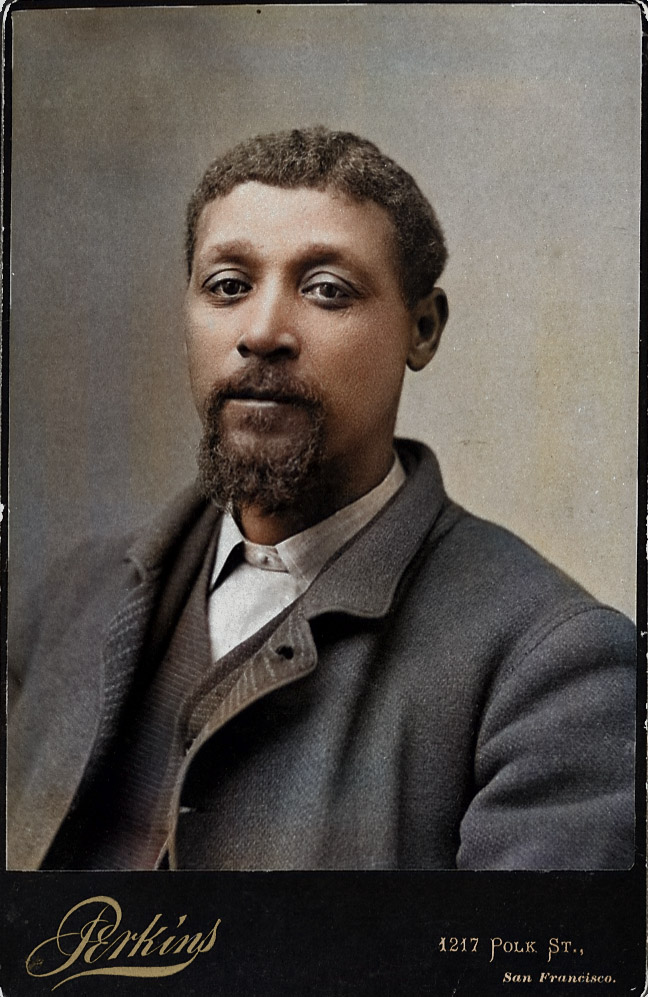YOSEMITE STAGE DRIVER
The Life and Times of George Monroe and His Family
By Tom Bopp
“Just as there are the greatest of soldiers and sailors, artists and mechanics at times
so there are greater stage drivers than their fellows and George Monroe was the greatest of all.”
– A.H. Washburn, Supt., Yosemite Stage & Turnpike Company
The Life and Times of George Monroe and His Family
By Tom Bopp
“Just as there are the greatest of soldiers and sailors, artists and mechanics at times
so there are greater stage drivers than their fellows and George Monroe was the greatest of all.”
– A.H. Washburn, Supt., Yosemite Stage & Turnpike Company


CHAPTER V - EXCERPT
Through the mid-'70s, Washburn was assigning George Monroe to carry high-profile travelers into Big Tree Station and Yosemite Valley. Monroe must have developed his talents to a considerable level, not only as an expert stage driver but as a tourist guide interacting with an often highly elite company of international travelers. Journalist Ben C. Truman , who wrote about Monroe in a couple of articles from 1898 and 1903, observed, “Probably no man, living or dead, has ever driven so many illustrious people” including Presidents, Senators, Congressmen, eminent journalists, and artists. Truman provided a sample of luminaries to whom Monroe introduced the wonders of Yosemite: [i]
Political figures
The 18th, 19th, and 20th U. S. Presidents, respectively: Ulysses S. Grant, Rutherford B. Hayes, and James A. Garfield
William T. Sherman, General of the Union Army in the American Civil War
James G. Blaine, Congressman and later Senator from Maine (he lost his presidential bid by a narrow margin to Grover Cleveland)
Senators William M. Stewart (Nevada) and John Tyler Morgan (Alabama)
John Russell Young, journalist, author, diplomat, and Librarian of the United States Congress. Young accompanied U.S. Grant to document his two-year world tour
Other famous journalists
George Augustus Sala, English author, and journalist (wrote a travelogue of North America); Charles Anderson Dana (author, senior government official, and friend of Ulysses S. Grant); Carl Schurz (German revolutionary, American statesman); William Howard “Bull Run” Russell (Irish war correspondent); George Alfred Townsend (war correspondent); Charles Nordhoff (German-American journalist)
Royalty, Aristocracy, Gentry, Society
Princess Louise, Duchess of Argyll, Louisa Caroline Alberta, 4th daughter of Queen Victoria.
The Duke of Cumberland, aka Prince Ernest Augustus, Crown Prince of Hanover Marquis of Salisbury, aka Robert Arthur Talbot Gascoyne-Cecil, 3rd Marquess of Salisbury. He was the British Prime Minister three times for a total of over thirteen years
Lady Franklin, aka Jane Franklin, second wife of the English explorer Sir John Franklin
Sir Arthur Sullivan, English composer of “The Lost Chord” and “Onward Christian Soldiers” as well as many operettas (with W. S. Gilbert)
Lillie Langtry, aka Emilie Charlotte Langtry, British-American socialite, actress, and producer
Artists
Albert Bierstadt, German-American painter
Thomas Moran, American painter
Thomas Hill, American painter
Charles Dorman Robinson, American painter